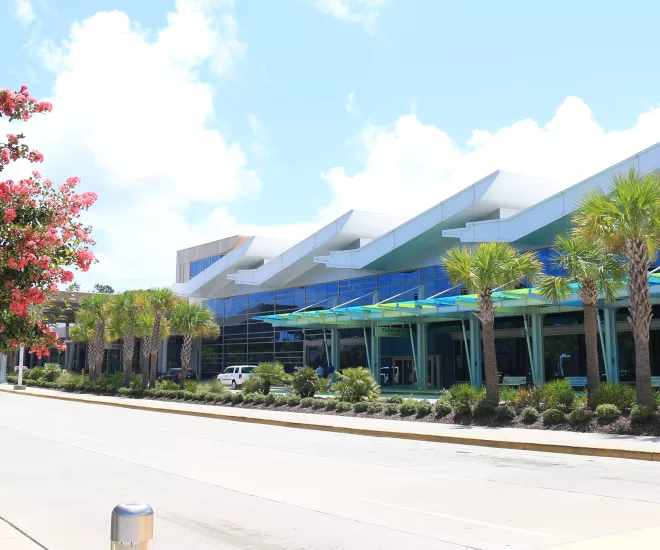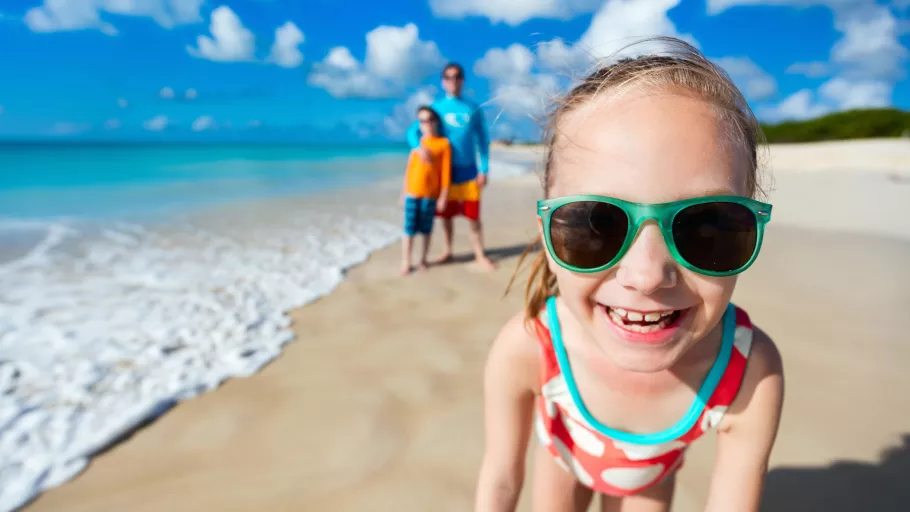Flying with Autism

A Few Tips to Make Flying Easier
When there is autism in a family it can be daunting to think about taking a vacation. It’s been reported that upwards of 87% of autism families choose not to travel because they feel unsupported and the challenges are just too overwhelming. If you have the courage and wherewithal to give it a try there are a few things you can do to make your experience more pleasant.
You have probably had plenty of experience with driving your child. I bet you’ve prepped your car with all the essential tools and snacks to avoid meltdowns. It’s like a well-rehearsed drill. But, flying to a destination can pose new challenges. I remember the first time we flew, from Virginia to Hawaii, with my two-year-old. The looks on people's faces was resignation, worry, and fear that there might be a screaming child on this 11-hour flight. What they did not know was that being on an airplane was very comforting for my child. He loved getting time with mom, hugging, and snoozing. The airplane provided tons of white noise to drown out stressors. We also brought his car seat which held him snugly and provided constant deep pressure. Never once did he scream in fear or discomfort. By mid-flight, he had made friends, and adults were taking turns walking him down the aisle or just holding him. He had changed their minds about traveling with a toddler!

Of course, my experience won’t be everyone’s and each person with autism has different needs. But, there are a few actions you can take before and during the flight that might make things go more smoothly. I find, for me, the most stressful part of an airport is security. Everyone is edgy and many are in a hurry and have no patience. Sometimes the security guards are short on patience too.
Here are a few tips for before you even get to the security gate.
-
Print out your boarding passes at home and put everyone’s pass in a labeled envelope or travel binder.
-
Have only one person take all the bags to check onto the plane. I always preferred to check my bags even if they were carry-on size. This way I could focus on my child and not worry about losing a bag. Be sure to put all personal care items (except meds) in your checked bag so you don’t have to worry about them in security.
-
While bags are being checked take your family to a quiet, open sitting spot. You can take this time to watch people, spin or shake out some stress or grab a snack. Have one person collect all of the IDs for the security line. You will be able to approach the first security point as a group.
-
If your child can read, ask your child to identify the security entry sign. Before you enter, explain to them that you will get in a big line, show your ID, and then put your items on the conveyor belt. Make them aware that they may need to take off their shoes. If they can see these activities before getting online, it can dissuade anxiety. Once you reach the conveyor belt, include them in the activity of grabbing a bucket and filling it with your items. Make sure your child knows they will get their items back on the other side of the security point. If the attendant seems impatient, don’t be afraid to explain that your child has autism and you are doing what you need to do to be successful. If you think the body scan will be too difficult for them to manage, ask to go through the manual entry. You may want to determine a spot for them to wait for you if they go first. Choose a bench or something else easily visible. Note: Some airlines now have dedicated security lines for a small fee. This will shorten the wait. I would also recommend TSA precheck for this same reason.
What to bring on the plane
You will want to carry on some items for your child to help them cope. Fidget toys, plushies, pillows, blankets, sound-canceling headphones, ipads or gaming devices are all welcome in your carry-on. I also recommend snacks and water purchased near your gate. Many airlines don’t give complimentary drinks anymore so be prepared for that. You’ll also want cell phones and chargers. Most importantly, carry all pharmaceuticals, diapers, a clean change of clothes, and ID with you. I recommend you leave emergency contact information in your bag as well in case something happens to you. Chewing gum can be helpful to help reduce pressure on the ears during take-off and landing.
Choosing your seats on the plane can be determined by many factors. If you think you will need to exit quickly, sit near the front. We chose to sit near the back and let everyone deplane before us. This removed the chaos of everyone trying to grab their bags and jostle us out with them. The back seats also put us near the bathroom.
Once you have landed, locate a restroom if needed and gather together for a few minutes of calm. The activity in the terminal can be chaotic and stressful. If you stay calm and happy, your child will too. Again, if your child can read, ask them to find the baggage claim sign and lead the way. This is a nice distraction from all the energy surging past them. Some airports have trains to bring you to the exit. If you look at the onboard magazine, you can find a map and instructions to help plan and anticipate your exit. Sometimes, to try and keep calm, we grab a meal before we even leave the airport. This action can help quiet the nervous system and eliminate that tendency to rush to the next activity. It’s nice to stop and enjoy the moment! Besides, everyone is happier with a full belly!

The one air travel habit I have found to be consistently helpful is to take your time and allow for transitions to unfold at a relaxed speed. I am delighted to say that Myrtle Beach International Airport has a room dedicated to autism families. In this quiet space, you can get reorganized, help with a tantrum, grab a snack, or just rest before the next leg of your journey. Designed by Champion Autism Network, the quiet room can be found right near baggage claim. It has carpeted bunks and cubbies for hiding and decompressing. Look for Room #171, call (843) 839-7372, or ask an Airport Ambassador for assistance. While in town, be sure to visit Champion Autism Network’s Facebook group to learn about their sensory-friendly events and discount cards. Happy travels and we’ll see you at the beach!
